Tanzania is synonymous with wildlife. A large part of the country is made up of different national parks where the main mammals of the planet live, a diversity of lakes with history and a reserve with an impressive crater such as the Ngorongoro. In addition, it is a country where different tribal groups coexist with their peculiarities and who try to maintain their tradition despite the advance of modernity.
We, on our 6-day safari tour, had time to experience each of these parts that converge in northeastern Tanzania. It was an unforgettable experience, full of surprises, knowledge, learning and emotions.
Being surrounded by the most impressive animals in the middle of the freedom of the African savannah and being able to see them in their routine; drive among the baobabs of the Tarangire, an iconic African tree; going around and descending to one of the most beautiful craters on the planet and reliving history by getting to know different tribal groups from Lake Eyasi are some of the activities we did on our safari.
Now, we will tell you about our experience during our tour of Tarangire, the Serengeti, the Ngorongoro Reserve and Crater and Lake Eyasi. If you want to know the key aspects of organizing a safari, you can read this article.
Our team
Before explaining our safari, we must tell you that we decided to do a 6-day safari with Robert’s company: Oltumure Tours&Safaris. After thinking about doing it with our own vehicle but after our last minute change of plans due to the delayed arrival of the car in Mombasa, we contacted some of Arusha’s safari agencies in order to take out on a private safari. We had seen some very good references from Oltumure Tours&Safaris and after talking and negotiating with Robert, we decided to go on safari with them. They are great professionals, with a quick answer to all your questions, always ready to help you, and with a great value for money.
During these 6 days, we were traveling in a Toyota 4×4 safari, with a pop-up roof from where you could stand up to see the animals, double fuel tank, refrigerator and different USB plugs to charge all electronic devices. The car, like most safari vehicles we saw during our tour, was very well maintained and in very good condition.
On this trip that we both made alone, we were accompanied by Hassan, our driver-guide. A very professional and very close person. From day one, it made us feel right at home. He drove accurately and knew all about the national parks where we were. He had a special eye when looking for animals, as he found leopards camouflaged among the branches of a tree or cheetahs lying in the middle of the savannah. Thanks to him, we were able to be the first to see two black rhinos in the crater of Ngorongoro, one of the most wanted animals. In addition, he explained us many curiosities about animals and about Tanzanian culture. A great person, a great driver and a great guide. If you can, go on safari with him.
We were also accompanied by Abraham, our cook who was also known as Mr. Delicious. In all organized safaris, there is a cook who accompanies you and is the person in charge of cooking all the meals every day. He also travels with you in the car, but sometimes he stays at the campsite preparing the tents or preparing a picnic to take away and be able to eat under the shade of an acacia. Mr. Delicious cooked us wonderfully with a very varied menu with soups, pasta, vegetables, rice, chicken, potatoes, eggs, fruit… If you want, they can also offer you a vegetarian menu. A great chef who fed us very well!
Finally, Edgar, an 18-year-old boy from Arusha who was studying at the nature school to become a safari guide, also came with us. Usually, 2 people travel on organized safaris: the driver-guide and the cook. But Robert asked us if this student could come with us, and we obviously didn’t mind. He explained the characteristics of the different parks and some animals while Hassan advised him. A very handsome boy and the excitement in his eyes was noticeable: it was also the first time he had visited the Ngorongoro, the Serengeti and Lake Eyasi and he was really excited.
Thanks to all this great team, we enjoyed a great experience on our safari. Thanks Oltumure Tour&Safaris!
Our itinerary
The first day we met at 10 in the morning at Arusha airport with Robert, our safari car and the whole team of Oltumure Tour&Safaris after our flight from Zanzibar by plane of about two hours. We had spent the first six days visiting this archipelago and now it was time to delve into the African continent. If you want to know more about our experience on the island, you can read it here.
After an initial explanation from Robert about our safari plan, we already started driving to our first national park in Tanzania: the Tarangire.
1. TARANGIRE
Located west of Arusha, we made a journey of about two hours to reach the entrance of the Tarangire, a national park emblematic thanks to its landscape of baobabs and the large number of elephants that can be seen.
To get there, you have to cross the town of Minjingu and, then, you arrive to the north gate of this national park, and once all access fees have been formalized (to know the prices, you can read this article on how to organize a safari) you are already inside one of the largest parks in Tanzania with an area of 2,850 square kilometers.
The Tarangire stands out for the large presence of baobabs and elephants that are found there, making it a very photographic park. Surrounded by the river Tara, it is one of the most accessible and economical parks in this area.
We started the journey by observing different groups of impalas and zebras in the middle of the road, which were protected from the sun under the shade of the baobabs. This combination of animals and baobabs is amazing!
After driving a few miles, we saw the Tara River for the first time. Around him was a herd of elephants resting by the river bank. Some were lying down, others were drinking water and others were eating. What a welcome we had with the first elephants of the Tarangire!
We approached the shore with the car, and there we saw them up close, young and old, males and females, with their ivory tusks, facial features, their horns with which they throw sand at above, they eat and drink water, and their great majesty. The whole herd was marching across the river and passing by us, climbing the path to follow its route. Amazing!
Elephants are the largest terrestrial animals on the planet. They are also considered one of the ones with the best smell, they can smell with the horn more than 10 kilometers away. In addition, they can communicate with each other thousands of miles apart. If you want to know more about this animal, you can click here.
After spending about half an hour contemplating these mammals, we continued around the Tara River until we stopped at a place to have a picnic inside the car while watching more elephants from a distance. The landscape of the Tarangire is very beautiful because it is surrounded by trees, creating very photographic environments.
Just after lunch, Hassan found a leopard climbed on a tree in the other side of the river. He was resting and camouflaged. These animals are very hard to see and we just saw one! We went in search of this leopard that was in a rather inaccessible place when, on the radio which the drivers have in the safari car, warned that there was another leopard near where we were…
And, yes, there we could observe the leopard from a distance with all its elegance. First lying on his back on a branch, then standing and then, descending from the tree and lost him among the tall bushes of the Tarangire.
With that, we were already much more than satisfied, but we were still lucky to see more elephants by the side of the road (we could almost touch them from so close we were!) and a young elephant with its mother; giraffes eating their favorite food found in acacias (if you want to know more about the world’s tallest land animal, click here); and some mongooses playing around his lair.
Before returning to the main gate, we went to a lookout (with the monkeys as the main animal waiting for some clueless to steal his food) where he is allowed to get out of the car to see an elevated perspective of the Tara River and all the vegetation that can be seen from this national park.
The Tarangire surprised us very positively because it has unique landscapes that you can’t see in the rest of the parks, a lot of baobabs, a lot of elephants and other animals like leopards or antelopes that take refuge under the big trees of the Tarangire. A place we highly recommend you visit!
After leaving the park, we drove towards Mto Wa Mbu, a village where almost all the tribes in Tanzania live. Along the way, you will see different Masai settlements along the road and, from time to time, a safari car visiting them. We, in this case, decided not to make any stops with the Masai tribe hoping to meet them on our trip to Kenya.
We arrived at dusk at the Fanaka Campsite which has a hot shower, wifi and a place to eat. There we had our first dinner cooked by Mr. Delicious and we went to bed still excited about the baobabs, elephants, leopards and animals of the Tarangire.
2. SERENGETI
The second day we left Mto Wa Mbu ready to arrive at the entrance of the Serengeti National Park around 2pm for lunch there.
During the first section of the route we crossed a mountain in the Rift Valley with beautiful views over Lake Manyara (located right next to Mto Wa Mbu) and then continued driving until we reached Karatu, the last village before enter the Ngorongoro Reserve.
To enter the Serengeti from Karatu it is necessary to cross the Ngorongoro reserve. There are two types of ticket: a transit ticket to cross the reserve during the same day and another ticket with the same price that will allow you to go down to the Ngorongoro crater. Prices and locations can be found at this link.
Crossing the Ngorongoro Reserve means driving on a great gravel road of a high altitude, surrounded by trees and lush vegetation with elephants that we saw very close to the road. During the second section of the route, you can stop at a viewpoint to observe the immensity of the Ngorongoro caldera. The presence of human life is allowed in the reserve (it is forbidden to live in national parks). The Ngorongoro is estimated to be home to about 50,000 people, mostly Maasai who were moved by the government from the Serengeti to this reserve.
The third section of the route passes through different Masai villages with a lake as a backdrop. Really, it is a very isolated place, without electricity where very little news of the outside world of the reserve must arrive. The road is very beautiful. We saw shepherds (mostly boys and girls) walking with their herds as we moved away from the mountains to enter into the great African plain.
Now, yes, after this route of the Ngorongoro Reserve and crossing a first small gate, we entered the Serengeti National Park, one of the most important parks on the planet for wildlife safari.
The word Serengeti, which in Swahili means endless plain, explains very well the magnitude of the place where we were. Covering an area of 14,763 square kilometers, this is one of the largest parks in Tanzania, as Edgar told us. It is one of the most impressive places in all of Africa.
With miles and miles of African savannah, during the months of July through October you can see one of nature’s best spectacles: the great migration of wildebeest and zebras crossing the Mara River towards the Masai Mara in search of better pastures, while their predators wait in the river (crocodiles, for example) or outside (lions, among others) to hunt them and make a good hunt. The migration to the Serengeti takes place in the easternmost part of the park (the natural border with Kenya), so it was very far from the point where we entered (Naabi Hill Gate). Also, in early July which is when we went there, it’s still a bit early to see the migration there. We look forward to seeing it from Kenya, within the Masai Mara Nature Reserve.
Right after lunch and having formalized the payment of fees, we entered the Serengeti excited to find lots of animal life. And, yes, we did find some! On the way to our campsite located in the central part of Seronera, we saw herds of zebras in a surveillance position; antelopes such as Thomson gazelles, hartebeest, impalas and dic-dic; lionesses and puppies resting under a large acacia tree; monkeys that went in groups in an anarchic way; we followed a river where we found a natural pool full of hippos and we were impressed with the noise they made when they bothered each other; and we also saw some elegant giraffes looking at us from the heights.
Our first game drive in the Serengeti and we were not disappointed at all. We arrived at Nyani Campsite, our accommodation for the next two days. There, we shared space with other safari groups while we all dined in the same area and others made a campfire outside to protect themselves from the cold. The next day we had a long and complete day in the Serengeti National Park.
The second day, once we had breakfast, we went out in search of more difficult animals to find such as the leopard, the rhino or the cheetah. We advanced south of the park, where we found different oases of stones and trees in the middle of the great immensity of the savannah. It looked like we were fully into the Lion King movie. A natural landscape created millions and millions of years ago and that was a spectacular image for the human retina.
In fact, in the middle of one of these oases we found a lioness sunbathing on a rock without being moved at all by our presence. After taking some pictures, we continued to advance through this oasis when Edgar shouted: – Look, the male!! With a look of excitement and a sense of emotion for a person who is from Arusha, that wants to be a guide and at 18 is the first time he enters the Serengeti; the young man pointed to the main rock, and there, lying down but with his head raised with that mass of hair around his neck so characteristic of male lions, we saw the king of the jungle.
We were blown away by his majesty. Silence reigned in that environment, only interrupted by the sound of the wind and the howls of a lioness walking from the path to the oasis. According to Hassan, our guide, she was looking for his puppies. She climbed to where the male lion was and then, camouflaged herself in the middle of the oasis vegetation in search of the puppies. A beautiful scene!
In the Serengeti, and in the central and southern part of Seronera, there is a large concentration of lions. We, that morning, found two more families, one of whom was next to a wildebeest skeleton. Surely the meal they made the day before in the evening.
We were still exploring the Serengeti when suddenly Hassan started accelerating faster. On the radio, he had been informed of a cheetah that was near where we were. After a while, we saw two safari cars on the horizon and a few meters away a lone cheetah looking further afield. We came face to face with the fastest animal in the world! An animal that has a head smaller than the leopard and different spots, apart from the black line of the nose and eyes.
We ate under the shade of an acacia with the only presence of a beehive that was far enough away so as not to disturb us, while we danced and sang the song of Jerusalema in the middle of the African savannah. Hassan told us that where we were there was no danger, and obviously we trusted him 100%.
In the afternoon, after lunch, we observed some warthogs going to drink in a pool of water and facing some hyenas who were half asleep; we saw more families of lions and more hyenas; giraffes; a hyena in the midst of a herd of Thompson gazelles but which at no time attacked them; a pair of jackals; different birds such as guinea fowl; and mice that were hidden in the oases of the savannah and that climbed the rocks. These are called hyrax and are like the elephant: they have a gestation of 210 days and 4 toes on the front legs and 3 on the hind legs.
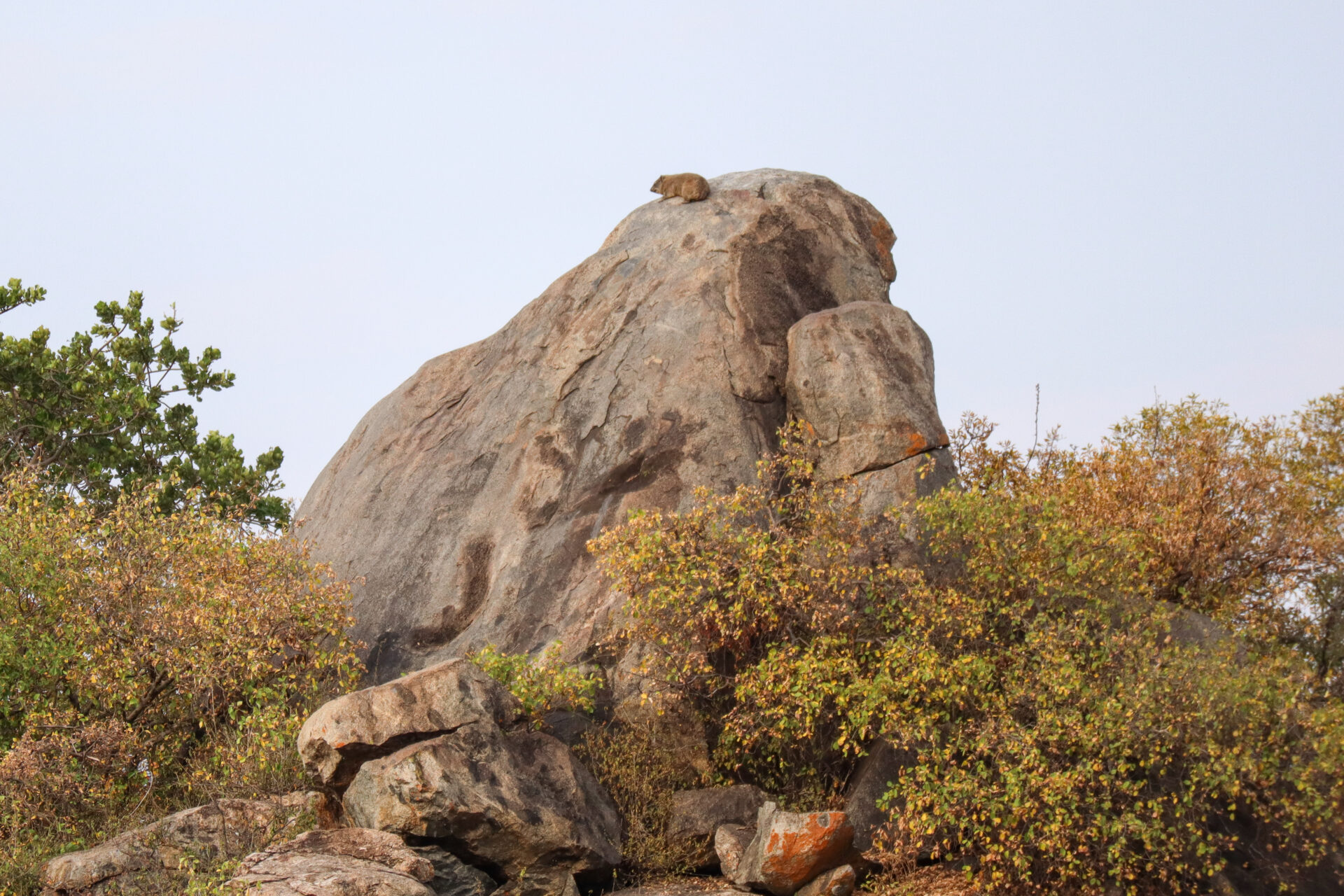
After feeling like we were watching a live National Geographic documentary, we returned to the campsite where the next day we had to say goodbye to this endless plain.
The next morning, early in the morning, we left towards the gate entrance where we accessed (Naabi Hill Gate) passing on the other side of the river to do a game drive before 2pm, when we had to be outside the park. Consider that the tickets last 24 hours regardless of your check-in time.
As soon as we left the campsite, we observed some lionesses that were a few hundred meters from our camping. On the other side of the river, we saw some hippos; a family of elephants; a herd of buffaloes; nyus; an antelope skeleton that wasn’t quite finished hanging on a branch (probably some leopard’s dinner the day before); giraffes; buffaloes; the back and tail of a leopard resting from afar on a branch of an acacia (would it be the same leopard who had eaten the antelope the night before?); and a male lion resting on the side of the river along with two lionesses a few feet away. Suddenly, one of the lionesses got up and went to caress the male lion, which was not very happy and went further to rest. Really, lionesses are the ones who hunt and do all the work, while male lions are the kings; but also the most laziest.
We continued driving enjoying a steeper landscape than the plain of the previous days, until we reached a lake full of flamingos. Birds can also be found in the Serengeti. The one that made us laugh the most (and that we saw quite a few times) is the secretary bird. It gets its name from its peculiar livery, gray and with black legs, and with a brush of long feathers as worn by British secretaries for centuries.

Just before leaving the Serengeti, one of the best scenes we experienced during our safari awaited us. We had already picked up all the cameras when, suddenly, Hassan stopped. Right next to the road, there was a lone cheetah that was looking the other way where there were some impalas eating. The cheetah was really 3 meters away from where we were! Since it was on the main road, other cars stopped behind us and I think because of that, the cheetah was unable to hunt down the impala. The animal crossed the road climbing into the hood of a car and was silently approaching to the impalas. But it was too late because they had already fled the scene. It was amazing to see this cheetah so close.
Now, yes, it was time to say goodbye to the Serengeti and drive to the Simba Campsite, above the Ngorongoro crater. The Serengeti is a huge park, full of wildlife where there may not be as much concentration of animals as in Botswana (there, parks like the Chobe are smaller but with a lot of animals -not many lions-. If you want to read our experience in this stunning park in Botswana click here), but it is an essential park during your trip to Tanzania.
As for the number of people, as Hassan told us we were quite lucky. We went there in July 2021, still with the coronavirus pandemic very much present. And, this has been noticed with much less presence of visitors and tourists. During our safari, at most we coincided in one place with two or three more cars, while before the pandemic it was common to find in high season up to fifteen or twenty cars at the scene of some animal. In that sense, we were lucky!
The Serengeti is one of the most important and imposing parks in all of Africa. If you are in Tanzania during the Great Migration, go there. And, if not, also go there because you will see wildlife in freedom that few places in the world can see.
3. NGORONGORO CRATER
After the emotions experienced in the Serengeti during the previous days, we returned to the Ngorongoro Reserve where we stayed at the Simba public campsite. It is the night we spent coldest because it is at a high altitude. In addition, it is common for animals such as zebras, baboons, elephants or hyenas to walk next to the tent. We saw all of these next to our place! The next day we had to get up at 5 in the morning to be the first to enter the Ngorongoro crater.
The crater of the Ngorongoro (whose name comes from the noise of the cowbells of the Masai shepherds of the reserve) is, in fact, a caldera. Millions of years ago, it had been a higher mountain than Kilimanjaro but it erupted and became one of the largest caldera on Earth. With a diameter of about 20 kilometers, it houses a large concentration of animals in a unique space.
Once the paperwork was done at the entrance to the crater (the cost for all vehicles is 295$), we went down to the volcano as the day woke up in search of a leopard and black rhinos (both difficult to see them). But the first animals we found were herds of buffalo with their bird friends performing the symbiosis; herds of zebras; herds of wildebeest and herds of impalas. These last three never leave the crater and make an internal migration within the volcano in search of new pastures.
Not all animals are in the Ngorongoro crater. Do you know which animal is not in the caldera? First of all, the cheetah, which is an animal that eats only fresh meat and if it sees that there are other predators around a prey, it moves away from the hunt. The fact that it is a social animal and that it is in a closed place like the crater means that it cannot survive in there, as hyenas, jackals, leopards and lions are the predators of fresh meat in the Ngorongoro. And secondly, the giraffes due to the steep terrain that is there to access the more than 600 meters depth of the caldera.
In the crater of the Ngorongoro is impressive the large number of animals you can find. Look where you look, you see animal in the middle of a beautiful landscape surrounded by mountains. Really, if I were an animal I would live in a place like that. The area is spectacular and being also a humid place, it has water and fields to feed.
You can also find different birds in the Ngorongoro crater, such as the flamingos or the grey crowned crane, the national animal of Uganda (it appears on the coat of arms and the national flag of this country) which is characterized by a very beautiful colored crest.
After a few hours in search of the black rhinos, we stopped at a lake where you can go down to stretch your legs and go to the toilet. There, in the lake, rested some hippos that from time to time looked out to see what we humans were doing there.
We were driving inside the caldera enjoying one of the most beautiful natural landscapes on the planet. Along the way, more herds of zebras, buffalo, and wildebeest; jackals; a wounded hyena on one leg accompanied by another hyena; an elephant in the distance; or a hyena in the middle of the road trying to get close to a zebra galloping away from it. Live wildlife, but rhinos still did not appear.
We were also lucky to be spectators of an intimate scene between two lions (male and female) who were on their honeymoon. The male lion copulates approximately every ten minutes with the female, although the action only lasts between 5 and 10 seconds. It was so much fun to see how the lion tried to approach the lioness and she, from time to time, would not let go!
It was time to head back to the campsite for lunch and make our way to Lake Eyasi, our last safari stop. We had been very lucky to see the wildlife in a caldera full of life and surrounded by a crater that made it more special. Really, you had the feeling of being inside a volcano where the human footprint is pretty much not present, except for the different safari cars that go down there every day.
Just before entering the forest back, Hassan stopped the car, and with the excitement of finding a hidden treasure, he said: -The black rhino! And, yes, right next to the forest came two black rhinos walking in single line towards the open space. At that time, we were there alone, surrounded by zebras, buffalo and impalas, and with two rhinos (one of the Big Five) walking quietly along the Ngorongoro caldera.
After this unexpected surprise, we climbed up the 600 meters of elevation gain as we watched as the caldera became small in our eyes. Ngorongoro is one of the most special places in Tanzania. Hassan, at lunchtime, already told us: -You have been very lucky! But, no, we are the ones who have been very lucky to have him as our guide-driver.
4. LAKE EYASI
In the afternoon, it was time to leave the reserve and head west in search of Lake Eyasi, a lake of alkaline and seasonal waters (in the rainy season it is filled with water, while in the dry season it is completely empty) which is located about 50 kilometers from Karatu. During the journey, animal life is transformed into human life with people walking along the side of the gravel road, and working on the onion plantations we encounter along the way. In fact, Tanzania exports a lot of onions abroad.
We arrived at our accommodation, a small campsite that has a cold shower, and we relaxed there trying to assimilate everything we had been living in those days. Around 5pm, we approached a fishing village that inhabited right on the shores of Lake Eyasi. With houses made of bamboo canes, fishermen played cards while waiting for the day to go off to go fishing. We watched the sunset behind the lake and the Rift Mountains, and suddenly those fishermen playing poker cards were on a canoe paddling in the lake.
Once at a certain distance from where we were, the canoe returned with the nets already thrown into the water. And once on land, different fishermen put on the ends of the nets tied at the waist and walked back with the strength of their feet dragging the whole net. This is how they fish and it was really nice to be able to see it live as the sun set behind Lake Eyasi.
The next day was the last day of our safari. The day consisted of a visit to different tribal groups living near Lake Eyasi. This activity gave us some respect, because we were scared if it was too much “touristic”. We had heard experiences in other countries that were quite unpleasant, and we didn’t want to be part of that kind of circus. In fact, even today we have certain contradictory feelings about it.
We got up early, when it was still dark, to visit the Hadzabe tribe. This is a nomadic hunter-gatherer tribe that still maintains its modus vivendi. With an estimated population of 1,000 people, only a quarter maintain the tradition of their ancestors.
We arrived and found a few young Hadza smoking by a campfire that was located inside the huts where this tribe sleeps. The huts were elongated logs placed vertically and in a circular shape that were used to make fire inside and protect themselves in case of rain. Usually, they sleep on the floor and really, most of the boys, cough as if they had pneumonia.
They immediately spoke to us with their click language very quickly and insistently. We had to hunt birds and antelopes, their daily food. Men usually go hunting, while women stay to take care of the family and collect fruits and medicinal plants.
With bows and arrows made by hand with logs of vegetation around, we set off with three young men to hunt around. They were going very fast, and from time to time they would stop, raise their bows and shoot with the right arrow (they have different types of arrows depending on the animal they want to hunt). Sometimes the arrow got stuck in a trunk. That means they weren’t right. But sometimes they would come at you with a bird with a cut on his neck caused by the arrow they had shot. To finish killing him, a bite to the head!

We followed them hunting for a while, and returned to the settlement where we also met other tourists. There, they cooked the birds over the fire and ate them. They offered us a piece of bird and we accepted, although we later regretted it.
Then they taught us how to make fire with a knife as a base, and with a trunk that had different holes. They put this trunk on the knife, and with a vertical stick they began to turn it strongly inside one of the holes until after a few minutes from there heat came out and they could start making fire.
We also visited the women who were with the children and their nomadic huts. During the visit, some did some dancing with some tourists, but we did not want to get into it. We were faced with the contradiction about what was good for them: whether to maintain certain ancestral traditions but in exchange for living for the tourist and having a way of financing; or stay isolated in those inhospitable places around Lake Eyasi.
During the day, we were accompanied by Rasuli, a local guide from the area who also speaks the Hadzabe language and told us many things about the different tribal groups. In fact, he is sponsoring different Hadza children so they can go to school and learn; but at the same time, for us, it became another contradiction: if we educate these children, will they want to return to the life that their ancestors had, or will they lead a new modern life in towns and cities?
If you want to know more about the Hadzabe tribe, you can read the following article where we explain more features of this tribal group.
After visiting the Hadzabe, we went to see the Datoga tribe. It is estimated that there are currently around 3,000 members. They are dedicated to metal and jewelry. They also have herds and previously lived in the Ngorongoro Reserve, but were moved by the Masai to the Lake Eyasi area.
The people of this tribe stand out for the ornamentation of their bodies with earrings and bracelets that they make themselves. Older ones even have tattoos on their eyes as a tribal sign of the Datoga. Today, many work in the markets exchanging or selling their metal materials.
We entered into a clay house where they taught us how to grind the corn kernel to make a flour that will be used for cooking later. They put the grain on a stone that had a space to knead and crush the grains with another stone, while the rest sang a song to encourage the person who is doing the task of grinding the grain. We tried it and really, it takes a lot of strength and perseverance to get several grams of flour.
Then we saw how the metal melted to shape it. The Datoga obtained the metals of any piece (nails, car spare parts, scrap…). First, they put the metal pieces in a container to melt it in the fire. Once they have the metal melted, they put it in a cylinder-shaped mold and let it cool. Once they have a few, they place them underground with cow dung to soften them a bit; and thus be able to give different shape and patterns to the new metal they have created. In this way, they create the bracelets that will later be sold in the market. They also create other elements such as the arrowheads and do so by chopping the metal cylinders made to give it the shape they want. It is an ancient art where only with fire, air and stones can many of the ornamental elements of the Datoga be made, as well as get exchanges with other tribal groups.
If you want to know more, you can click this link where you will also find information about the Datoga tribe.
A visit to Lake Eyasi is a very interesting activity to get to know and understand more closely and anthropologically different tribal groups that still keep their traditions alive. Sometimes, the contradictions between modernity and tradition open up many reflections. And perhaps by visiting these groups, we are helping to keep a history of thousands of years alive.
The safari was coming to an end. We said goodbye to Rasuli and Lake Eyasi, and drove to Arusha where we met Robert in the afternoon. We said goodbye to the whole team and were happy to have entrusted the entire organization to Oltumure Tours&Safaris. With 6 days we have lived some very intense experiences of animal wildlife; of unique and spectacular landscapes; of ubiquitous baobabs in Tarangire National Park; of the life we found inside the Ngorongoro crater; of enriching ourselves culturally by knowing different tribal groups; of the immensity of the African savannah and of one of the best safaris you can do in East Africa.













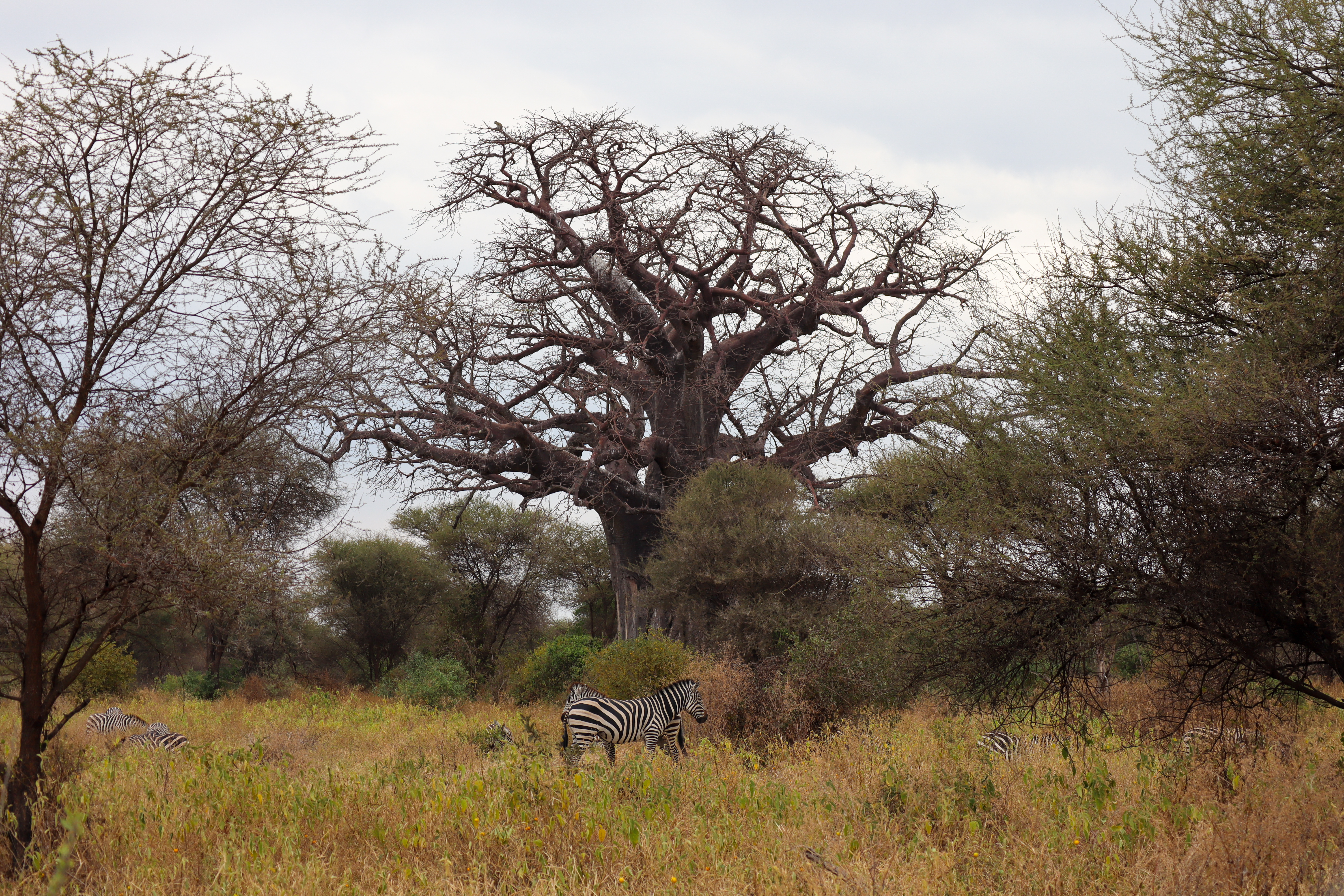
































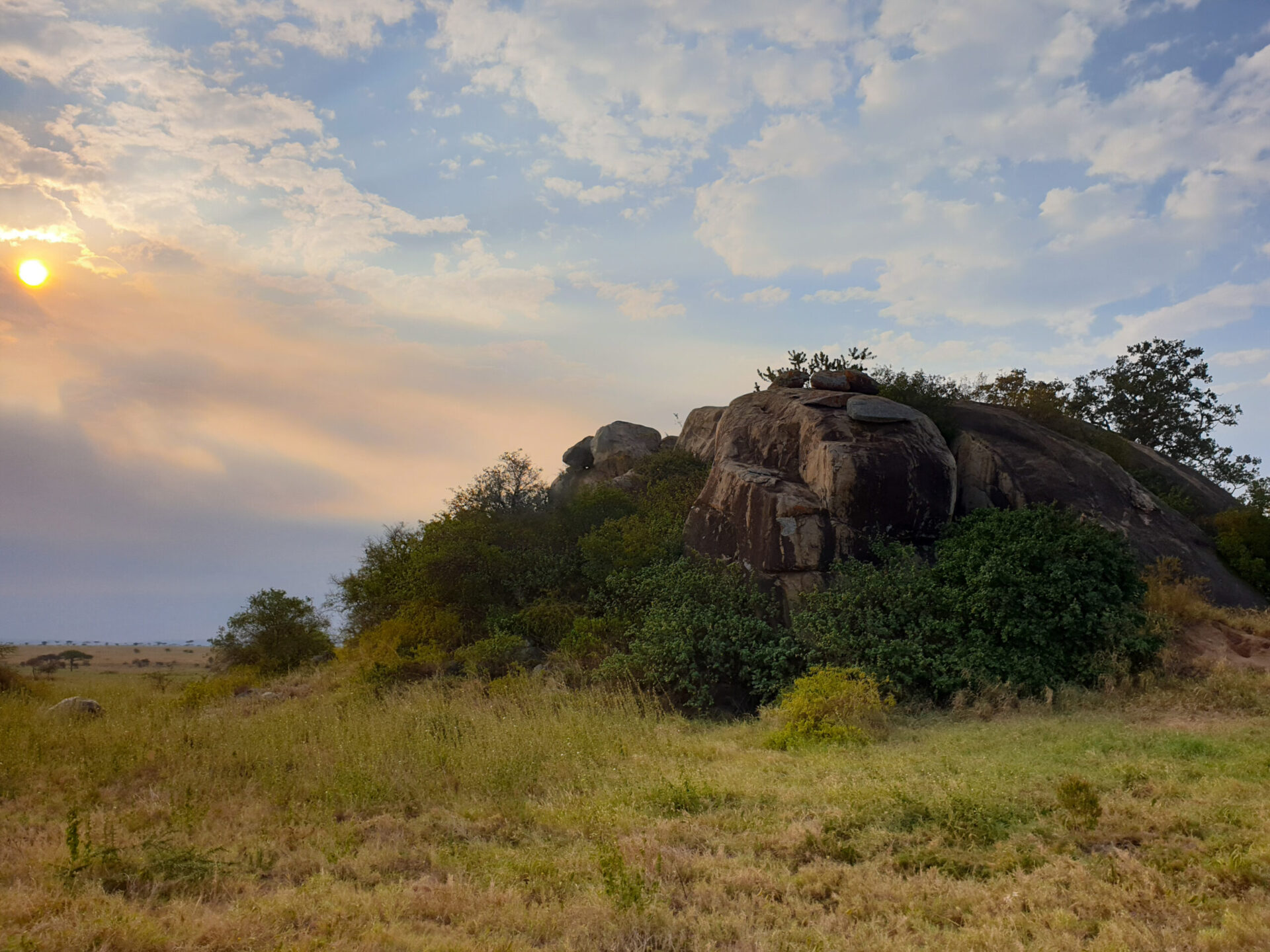







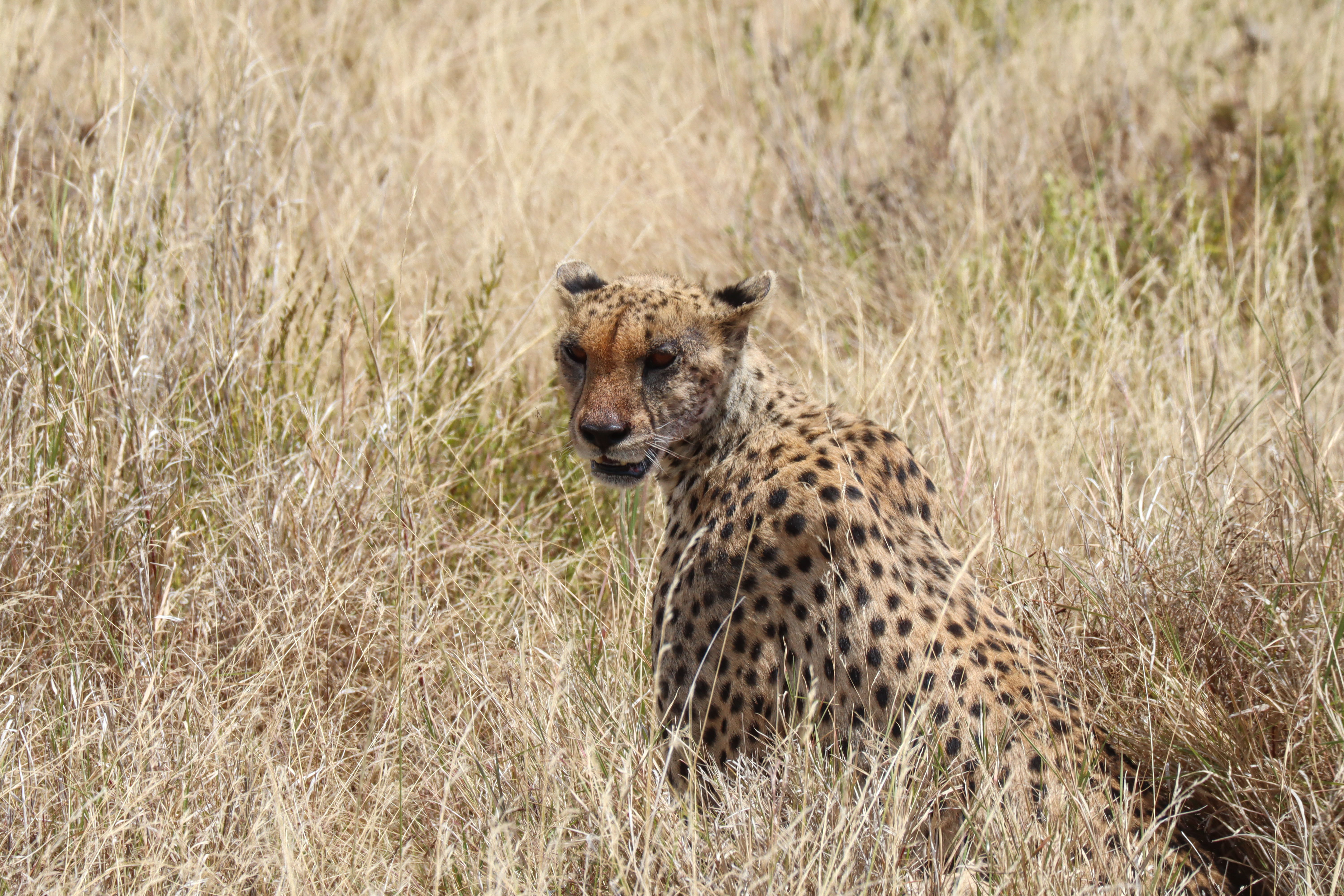


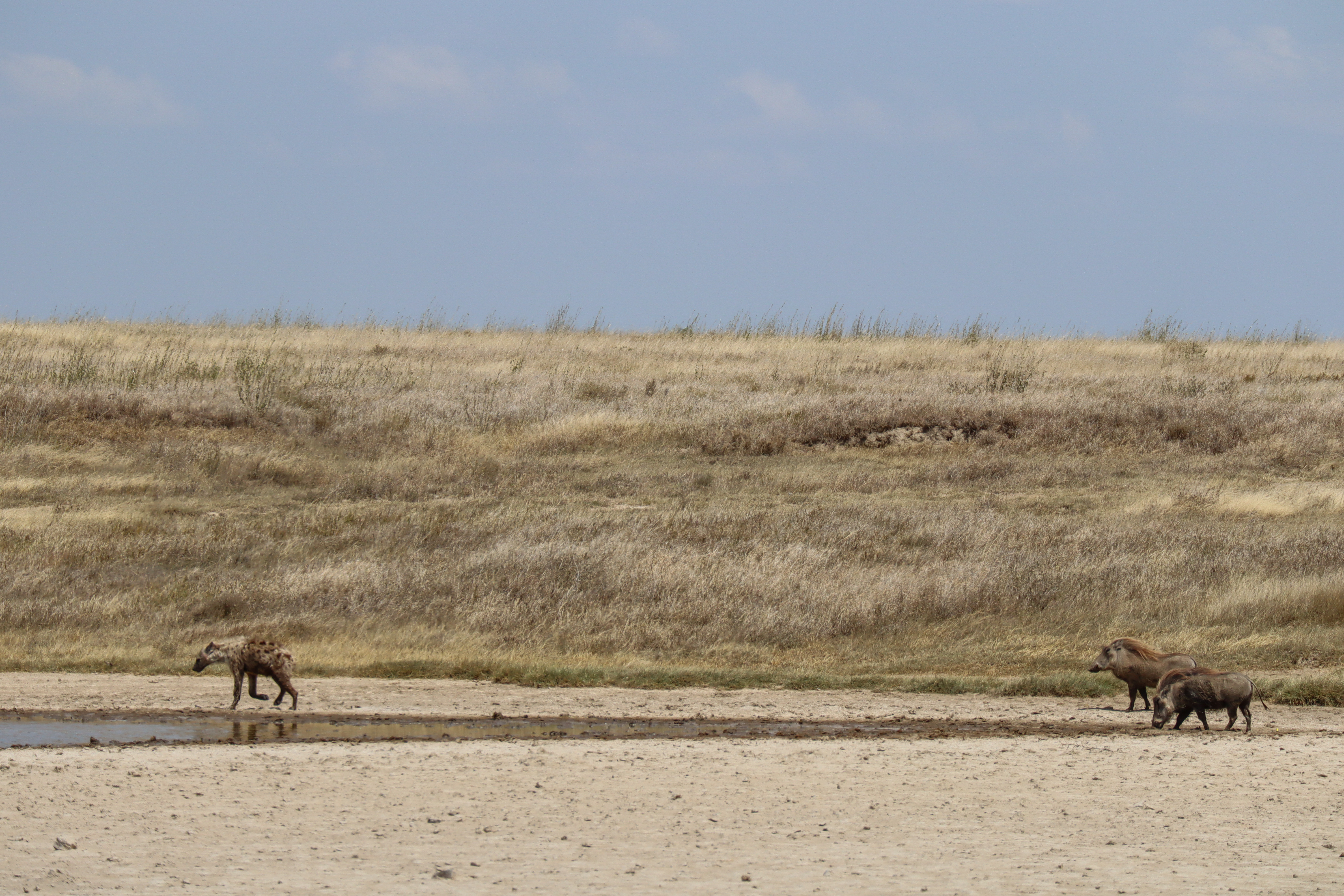













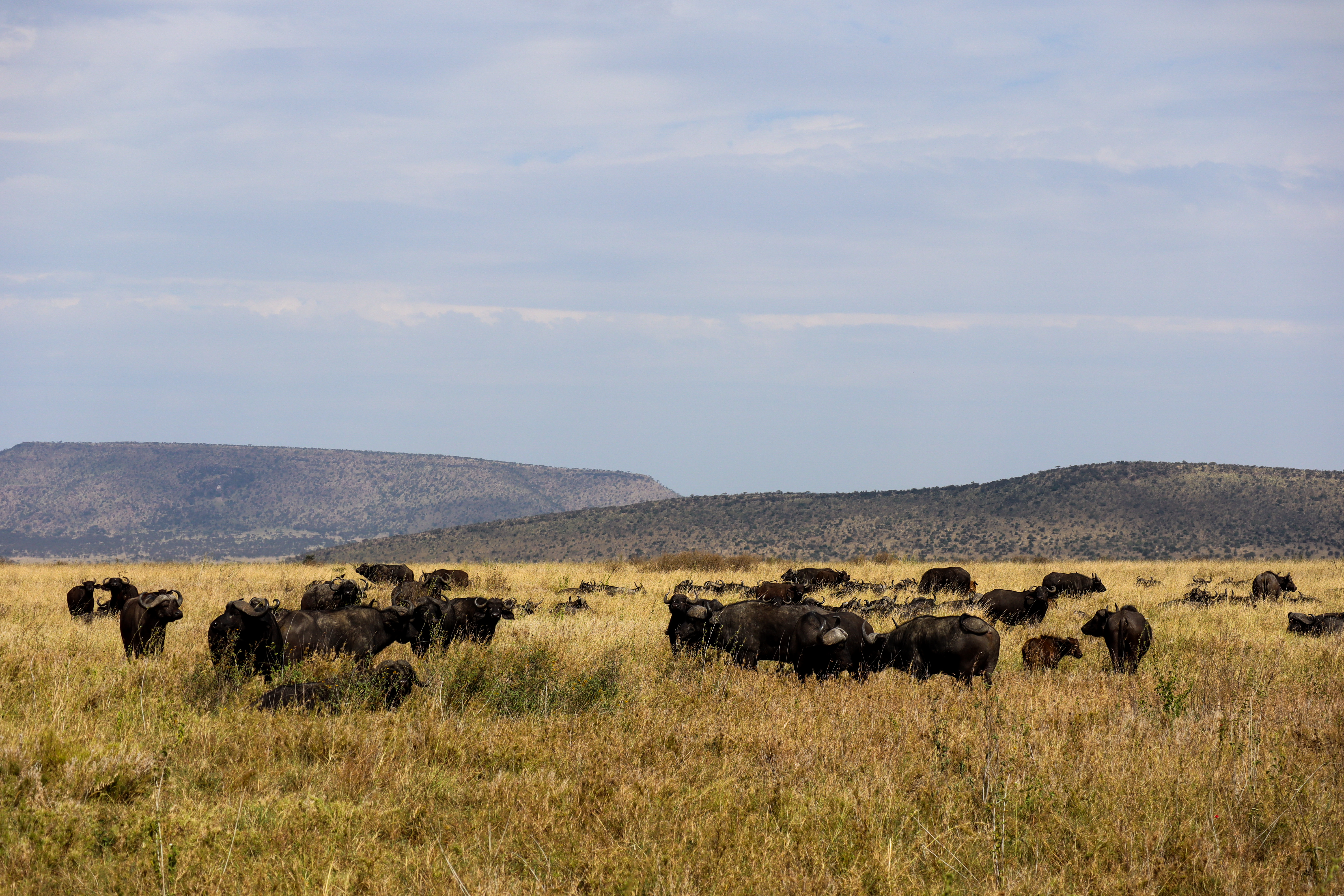


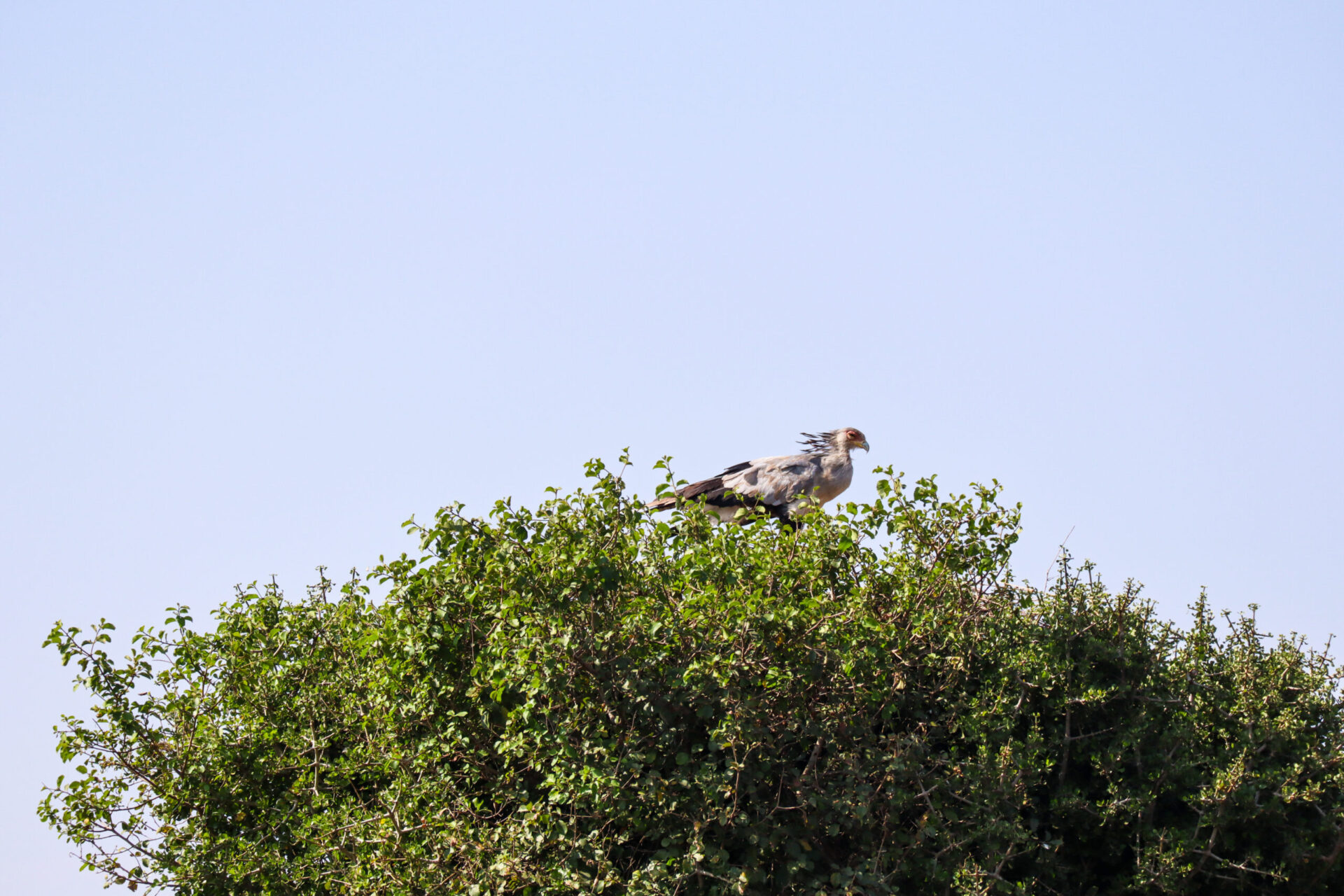




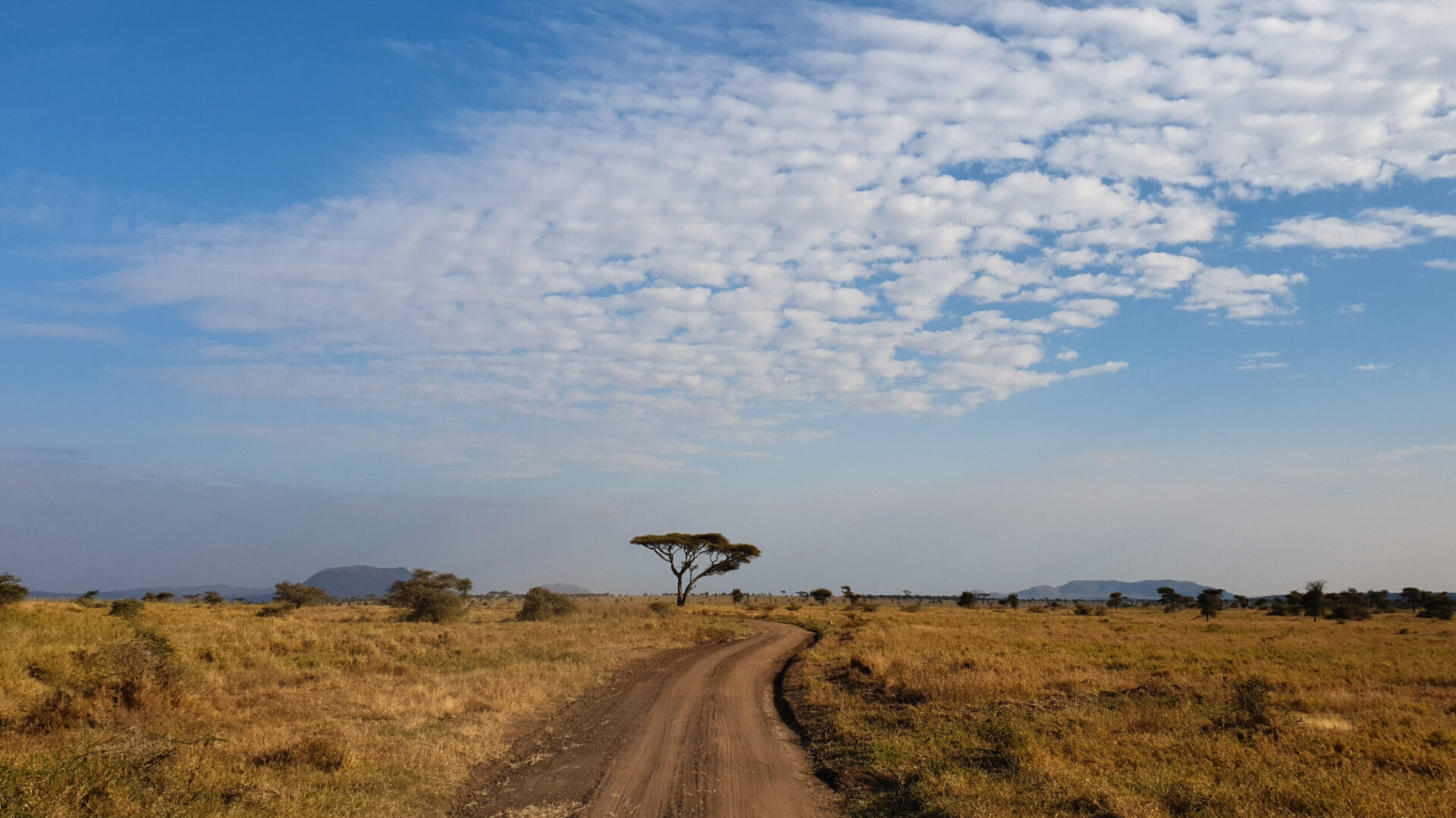











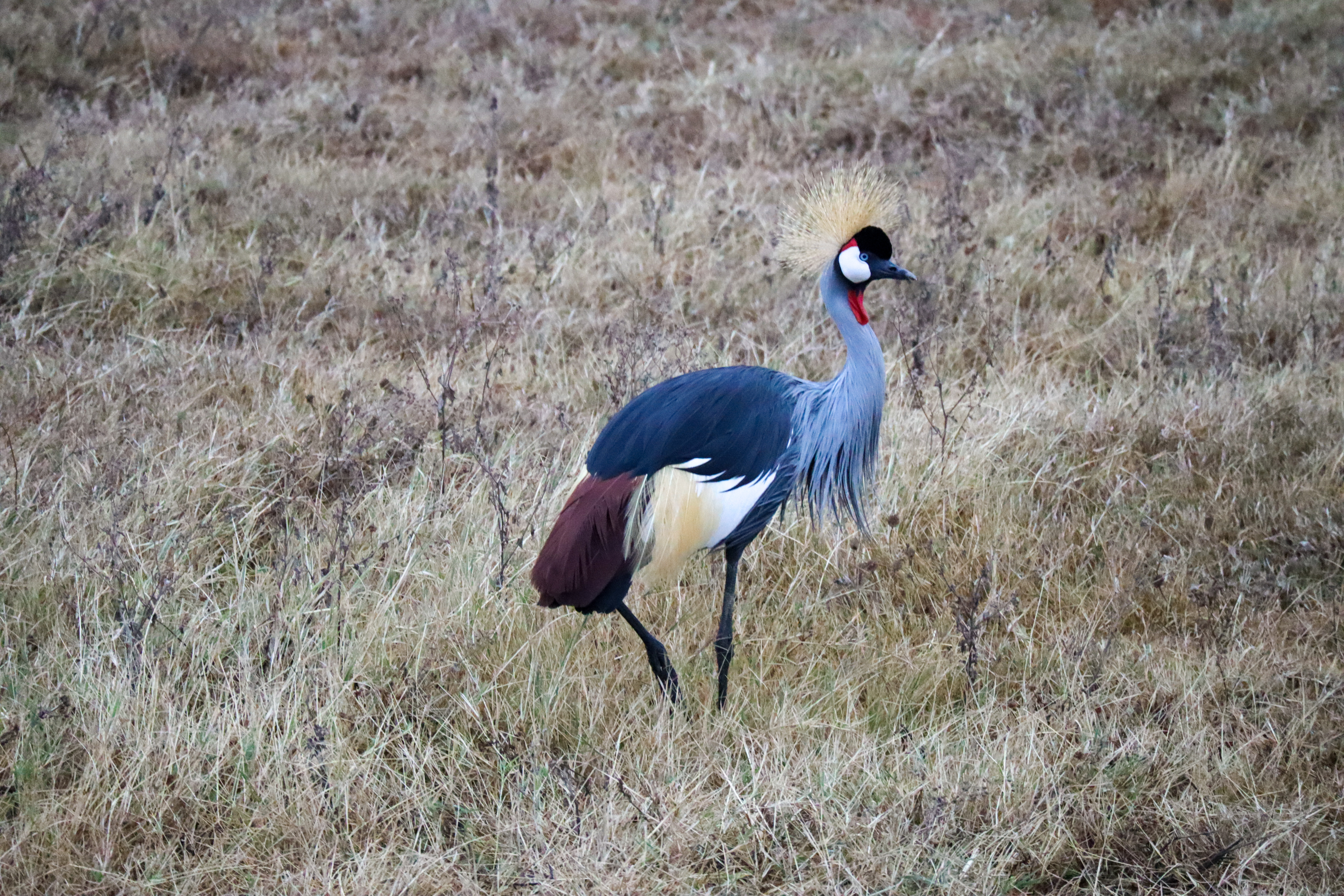

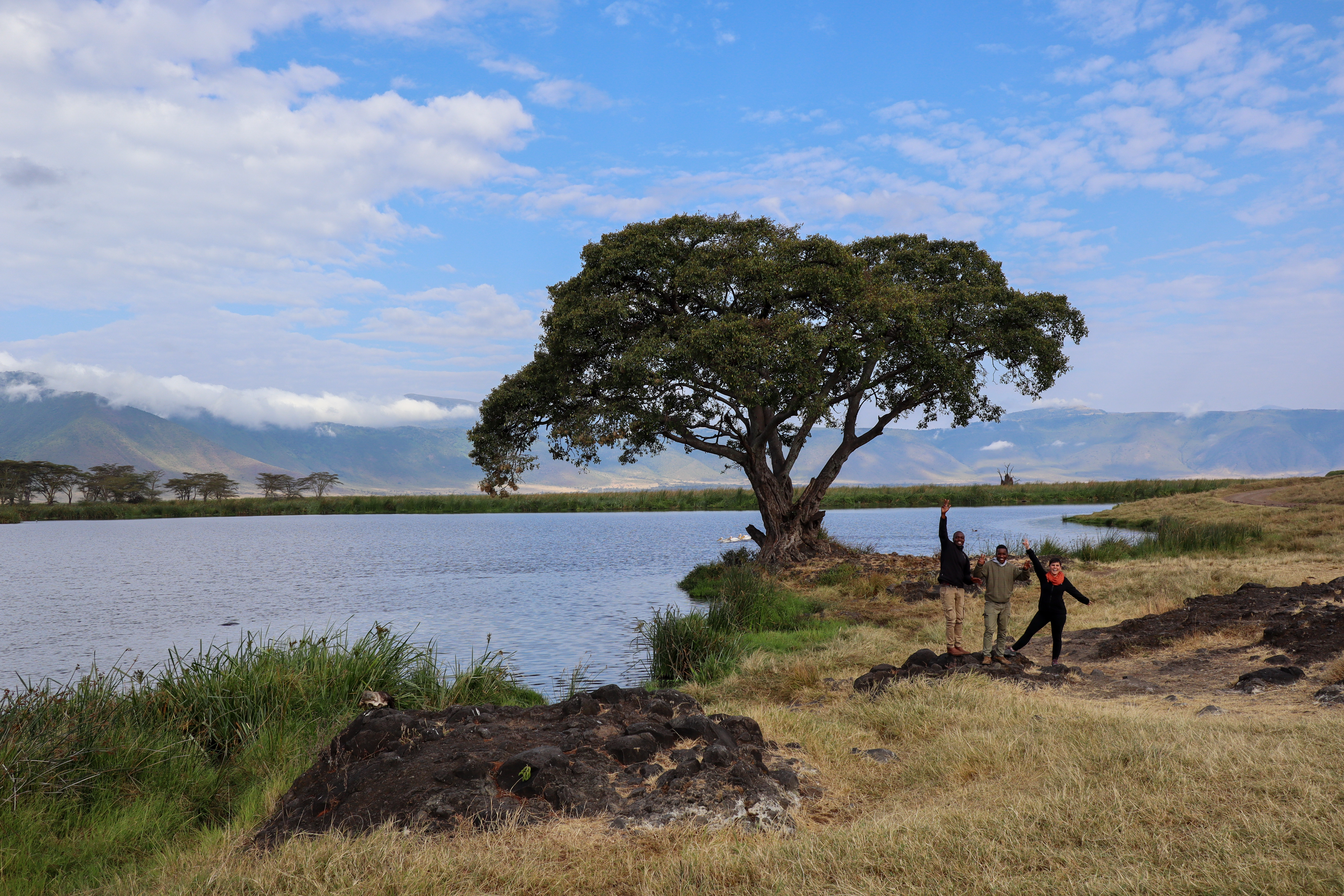





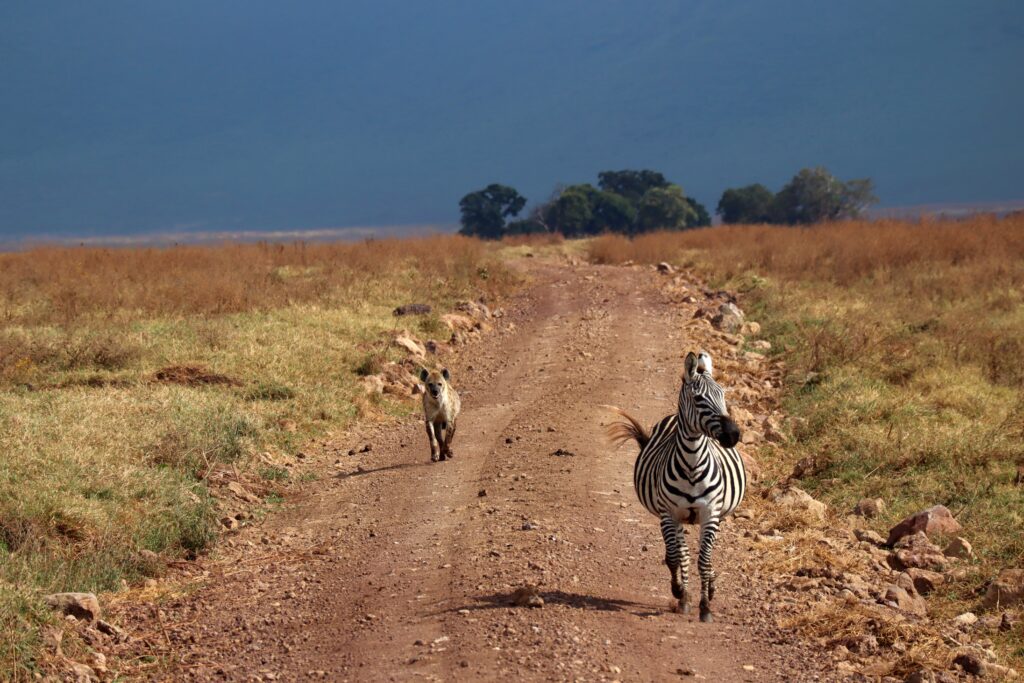

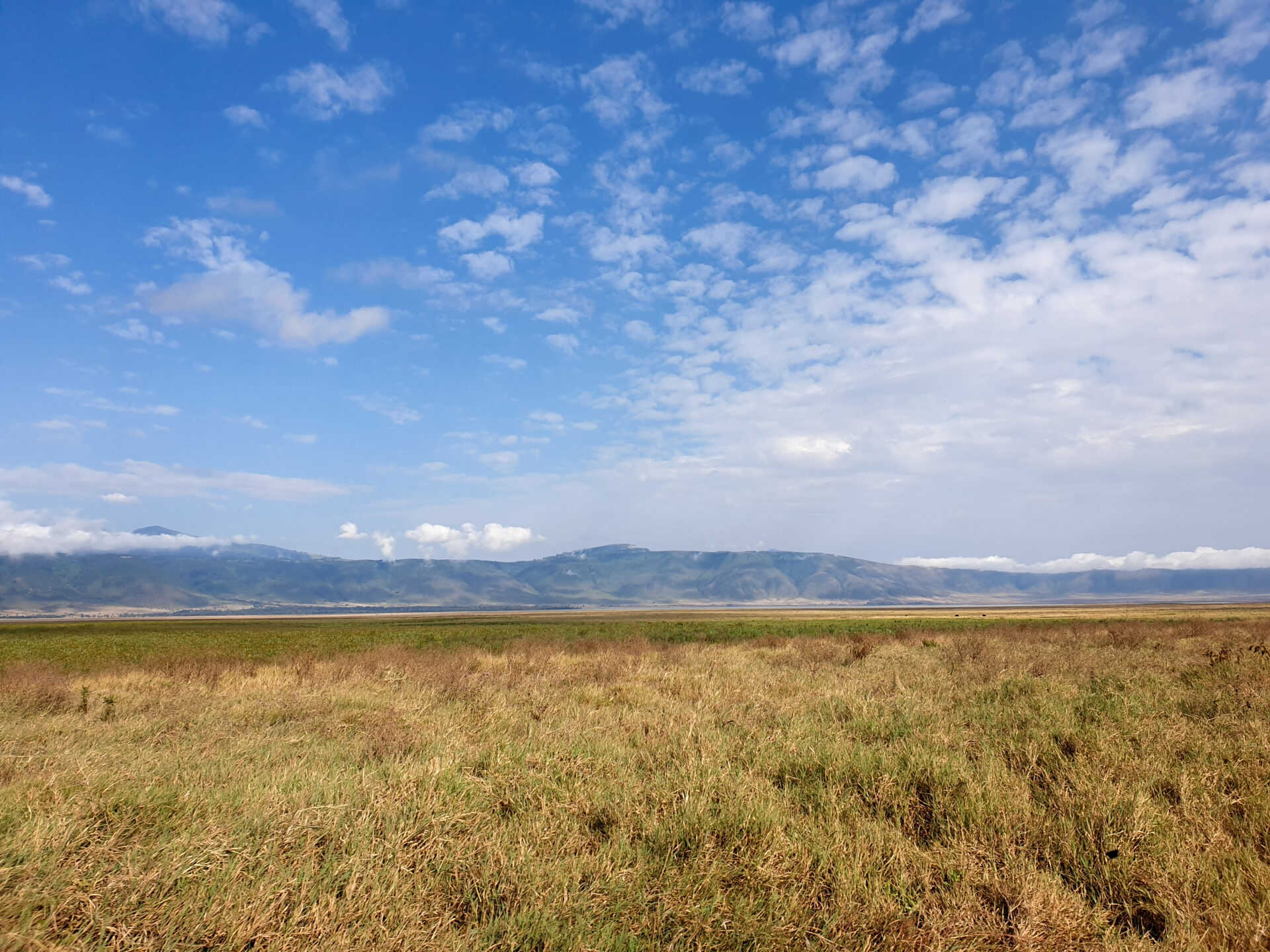


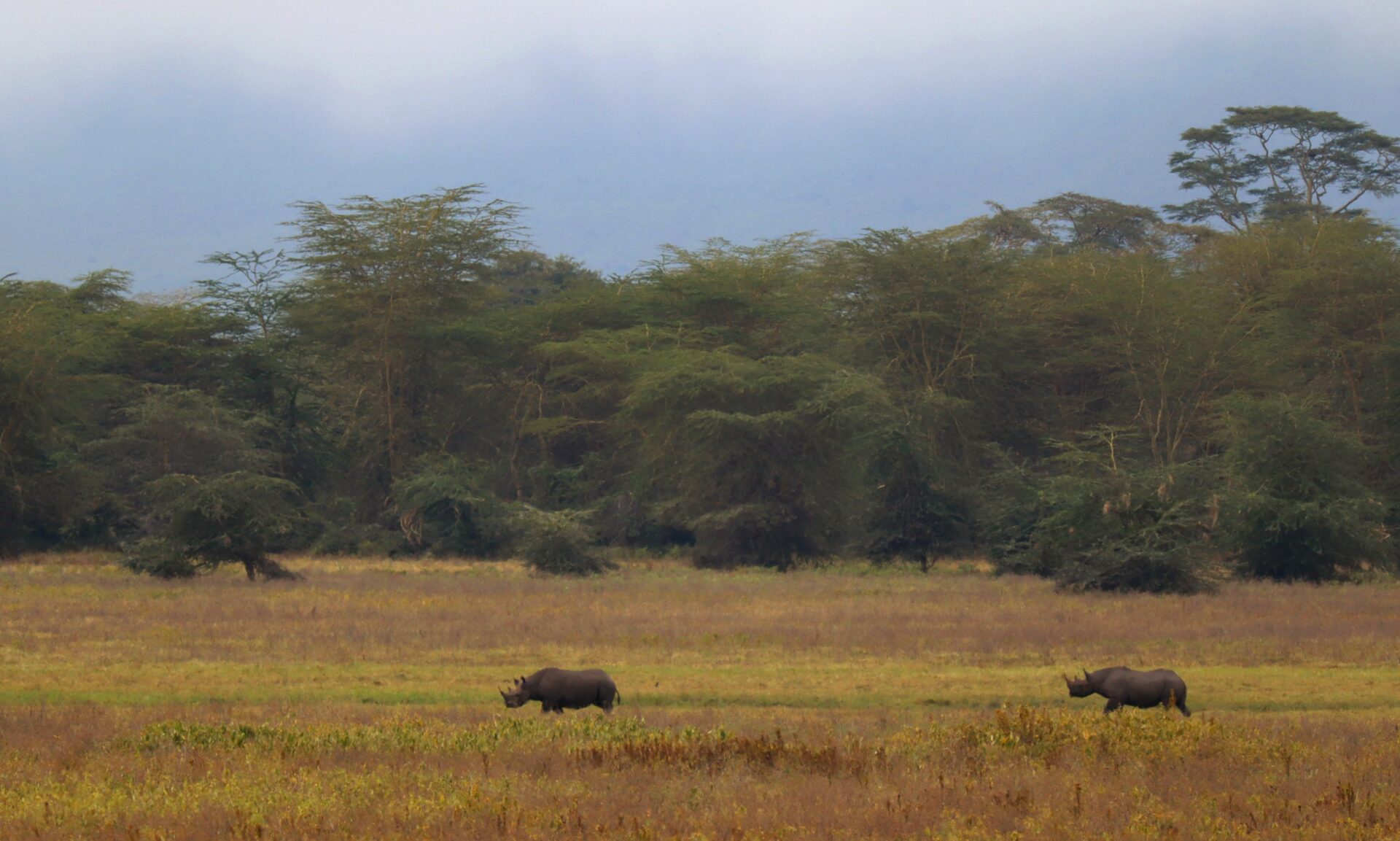







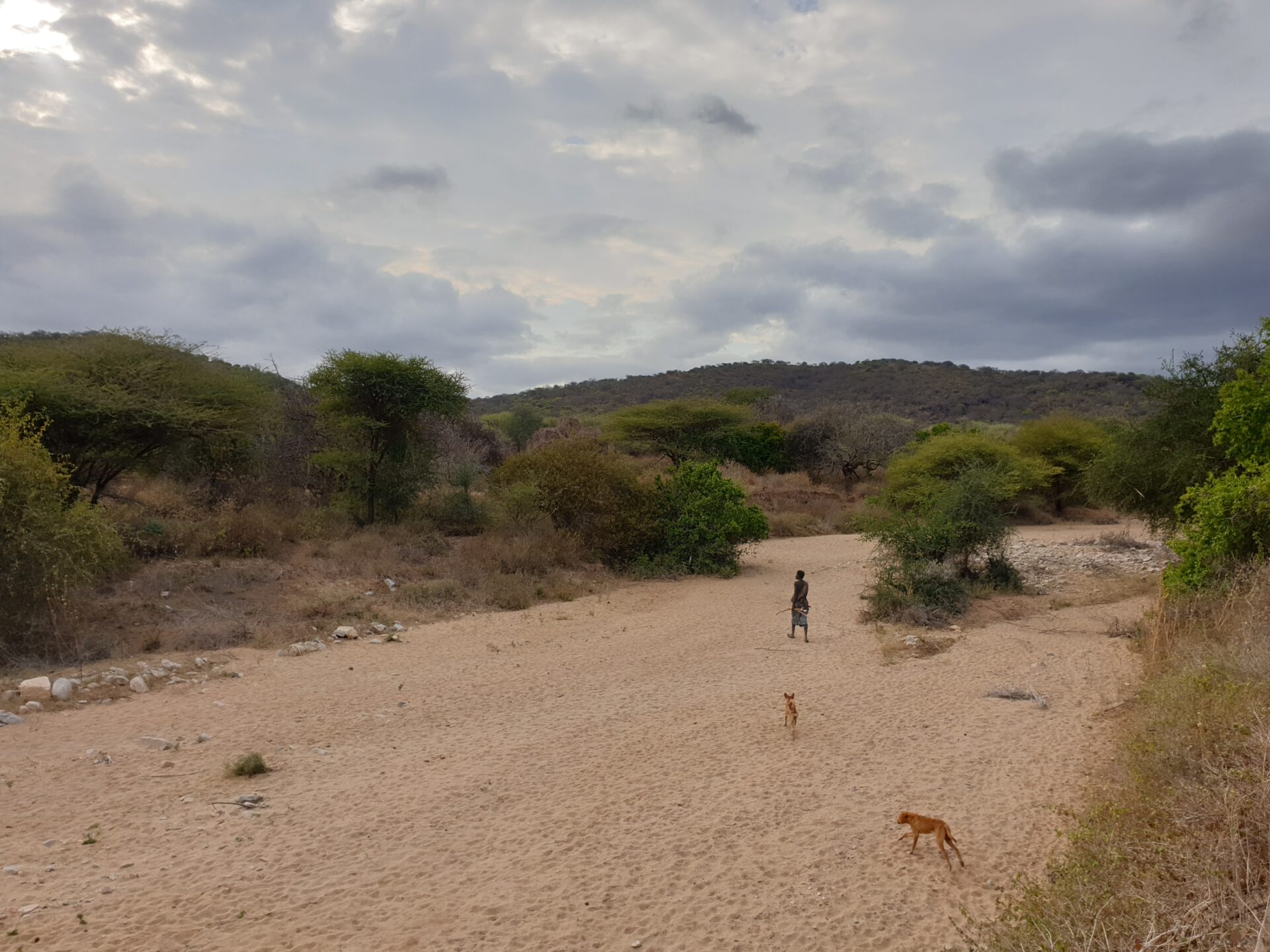
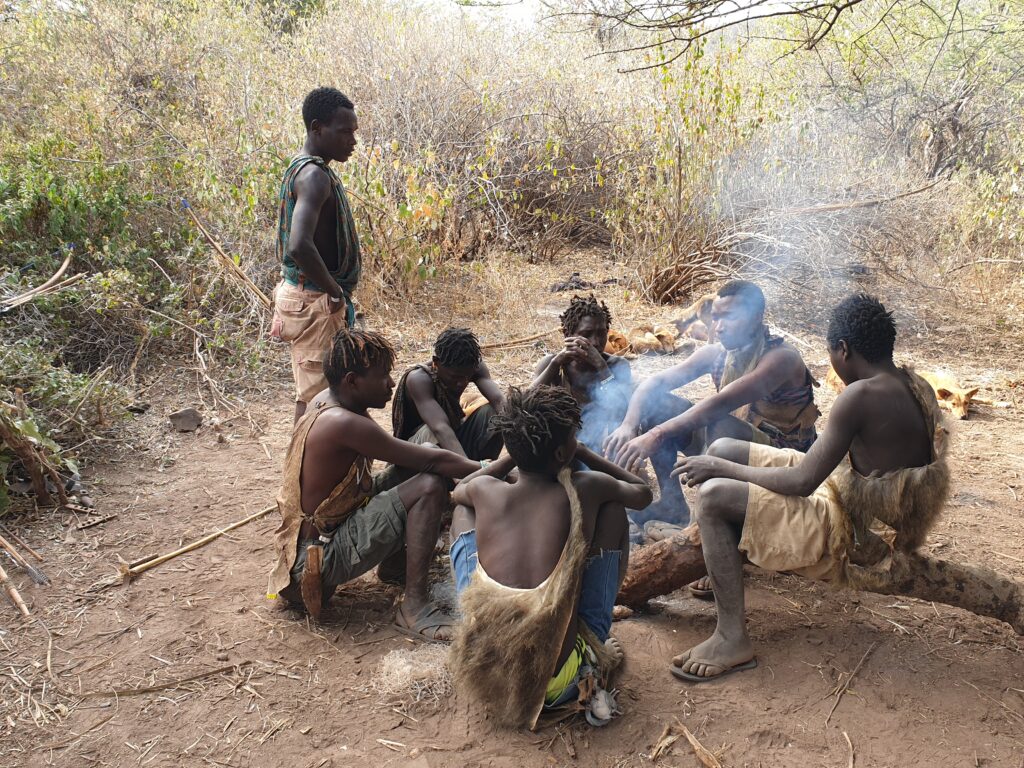




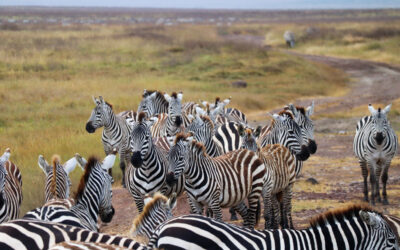
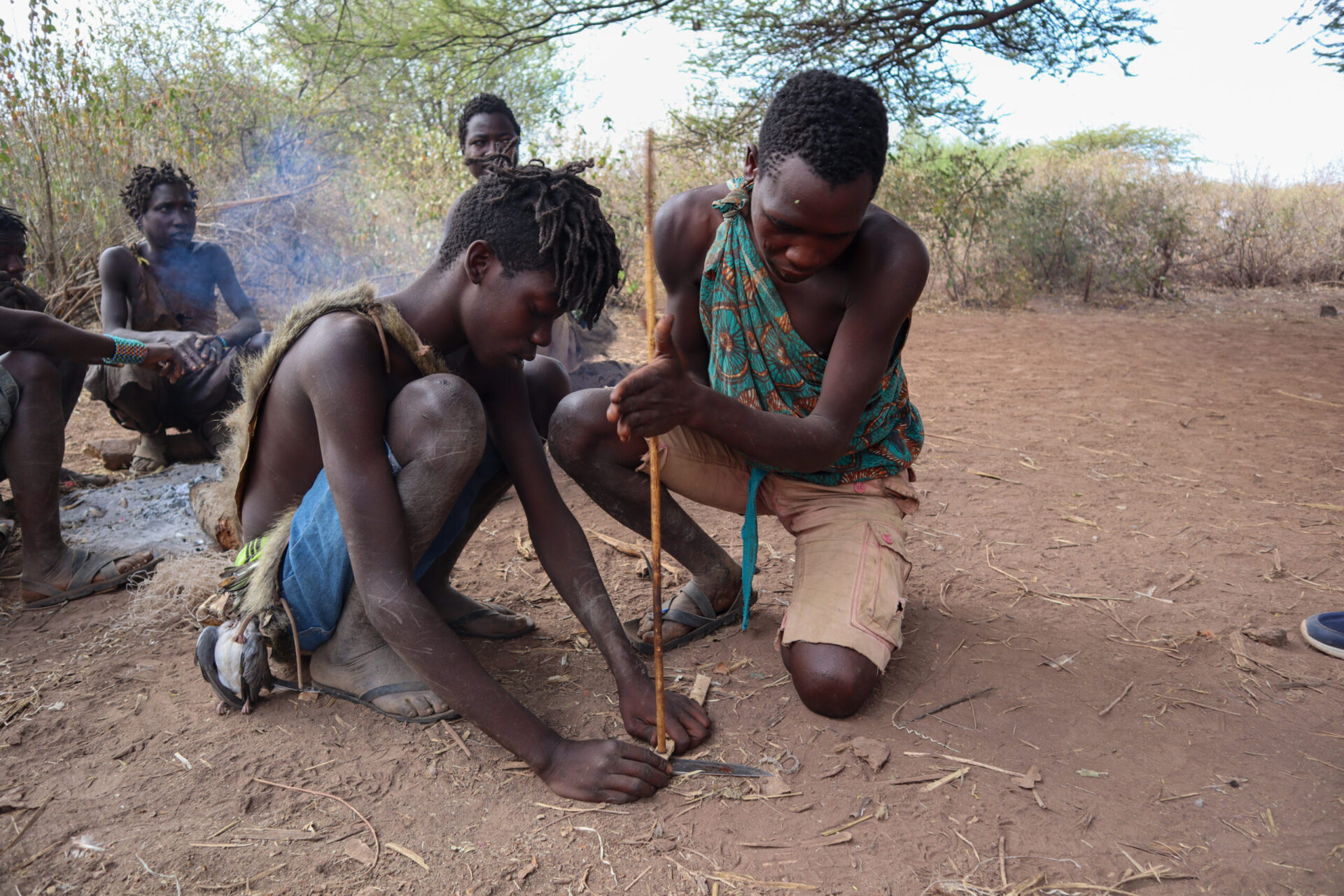
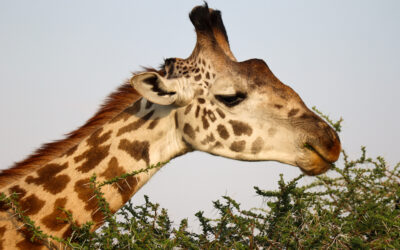

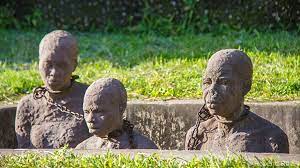
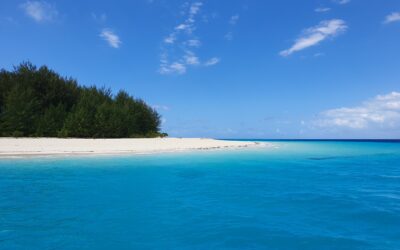
0 Comments